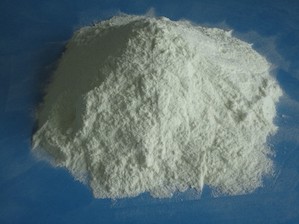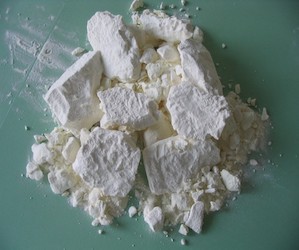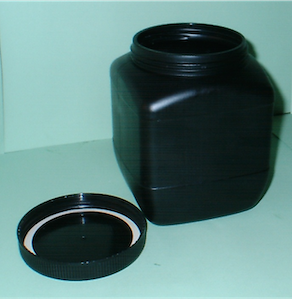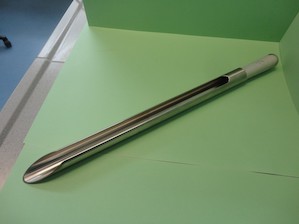| Code
| PIC-103-01
|
| General commentary
| Sampling of homogeneous milk powder from different packages using a trowel from opened sacks or using a borer from larger sealed packages. The example describes the customs clearance of 25 tonnes of milk powder (1000 sacks of 25 kg each) traded in a cargo container.
|
| Equipment needed
|
- Zone Sampler (S02-01) borers
- Sampling Trowel (S03-01)
- Plastic bottles with a wide opening, 1000ml, (P04), not transparent
|
| Safety precautions and risk assessment
|
- You should inspect the product before sampling in order to assess if there are any risks during sampling.
- Under normal conditions foodstuffs do not present particular health hazards.
- Working at heights involves additional risks.
|
| Sampling plan
| Recommended minimum sample quantity 0,5 kg.
Sampling plan: Consigments for customs clearance – sampling from sacks or big bags: One sample is usually taken, representing the goods covered by the same customs declaration. In this case the original and reference samples were taken from one sack or big bag chosen randomly.
If the lot is not homogeneous additional samples should be taken.
|
| Links
| SAM-103 Foodstuffs, powder
|
| Remark
| Tariff classification: 0402
Milk powders are hydroscopic due to the milk sugar (lactose).
The absorption of water reduces analytical parameters e. g. dry matter, protein and fat content. Therefore, it is necessary to complete the sampling procedure as quickly as possible to avoid contact with the air.
The samples must be packed in an airtight container.
Cooling of milk powder samples is not necessary.
|
| Tags
| Foodstuffs, milk powder, bags
|
This material should only be used in connection to a proper sampling plan
|
| Order of displayed pictures | Comment |
 | PIC-103-01-A01
Dry Skim Milk Powder
|
 | PIC-103-01-A02
Skim milk powder after the absorption of water
|
 | PIC-103-01-A03
Sample Container – wide mouth plastic bottle
Note: if transparent bottles are used, they must be protected from the light. Placed in a bag or stored in a dark cupboard.
|
 | PIC-103-01-A04
Sampling Trowel (S03-01)
|
 | PIC-103-01-A05
Pure skim milk powder is a homogenous product. Opening a sack on top and taking the powder by use of a trowel is the easiest and fastest way to take a sample. Normally one incremental sample is sufficient.
|
 | PIC-103-01-A06
The use of a simple paper funnel avoids spillage.
|
 | PIC-103-01-A07
To avoid spoilage from moisture in the air in the container, must be filled completely with the dry powder.
|
 | PIC-103-01-A08
For big bags or lots that are not homogeneous additional samples should be taken from various points.
This may be done using a borer. |
 | PIC-103-01-A09
Sampling of milk powder in a paper/LDPE-sack with a borer.
|
 | PIC-103-01-A10
Filling the sample container
|
 | PIC-103-01-A11
Closing the bore hole with a food safe, adhesive seal.
|
 | PIC-103-01-A12
Closing the bore hole with a food safe, adhesive seal.
|
 | PIC-103-01-A13
The same sampling methods may also be used on bulk bags of milk powder.
Care must be taken to ensure homogeneity thoughout larger packages and additional samples taken at different depths if necessary.
|

 | PIC-103-01-A14
Depending on the size of the package alternative tools may be considered such as a Spear-type sampler (S01-01)
or a Hand-drill sampler (E02-01).
|
 | PIC-103-01-A15
The final Sealed Sample.
In this case the sample container was placed in a plastic bag and sealed with a wire and lead seal.
The label must be visible through the bag.
|
Samples must be stored appropriately.
The sampling form must be completed fully and the sample sent to the laboratory.
|
















